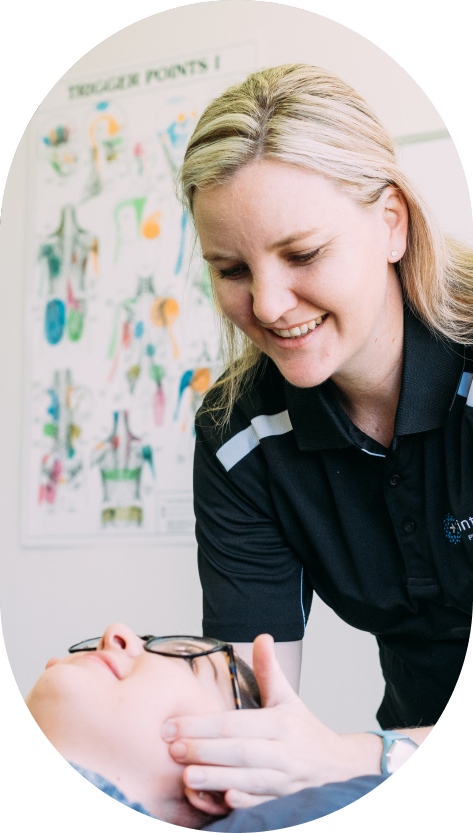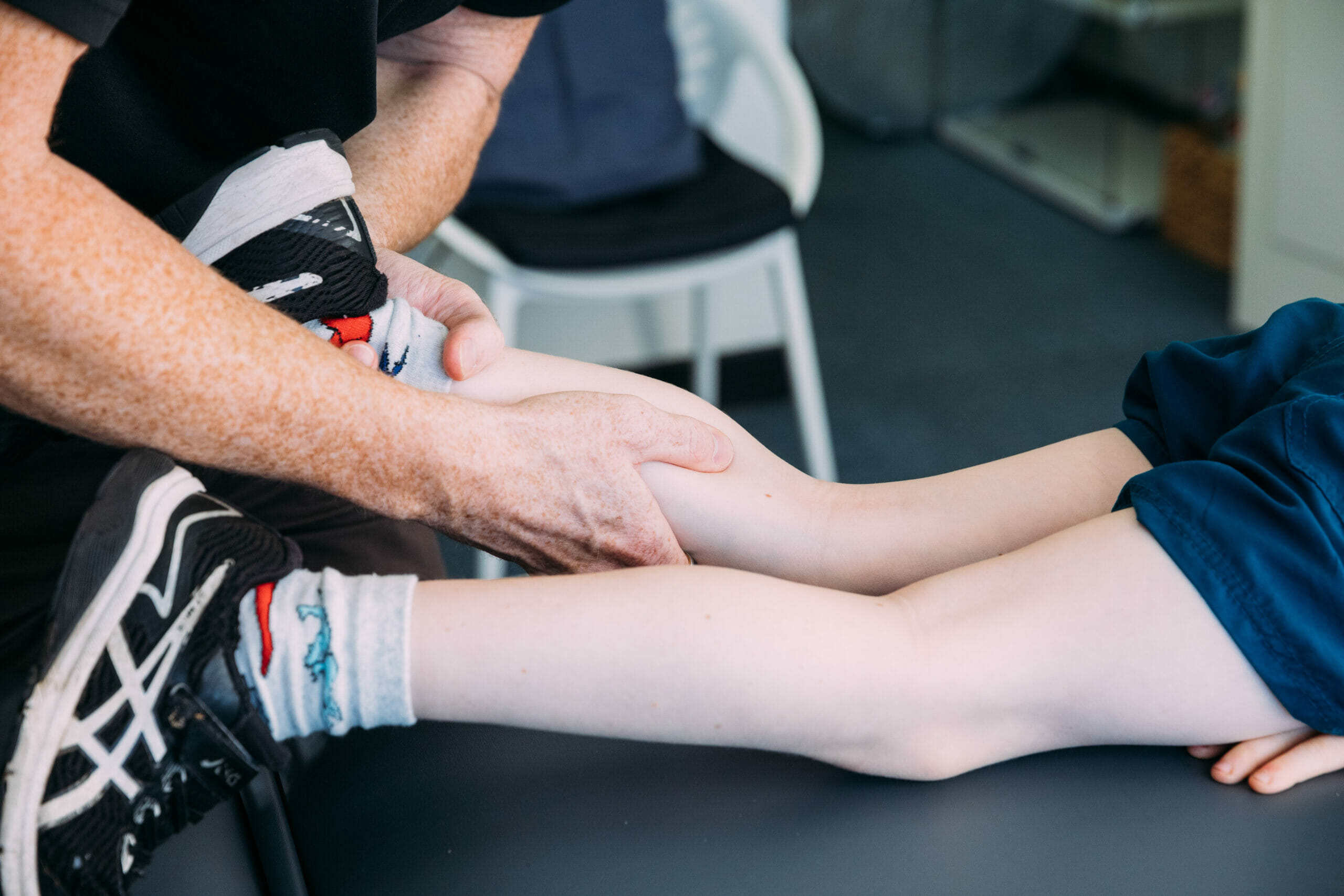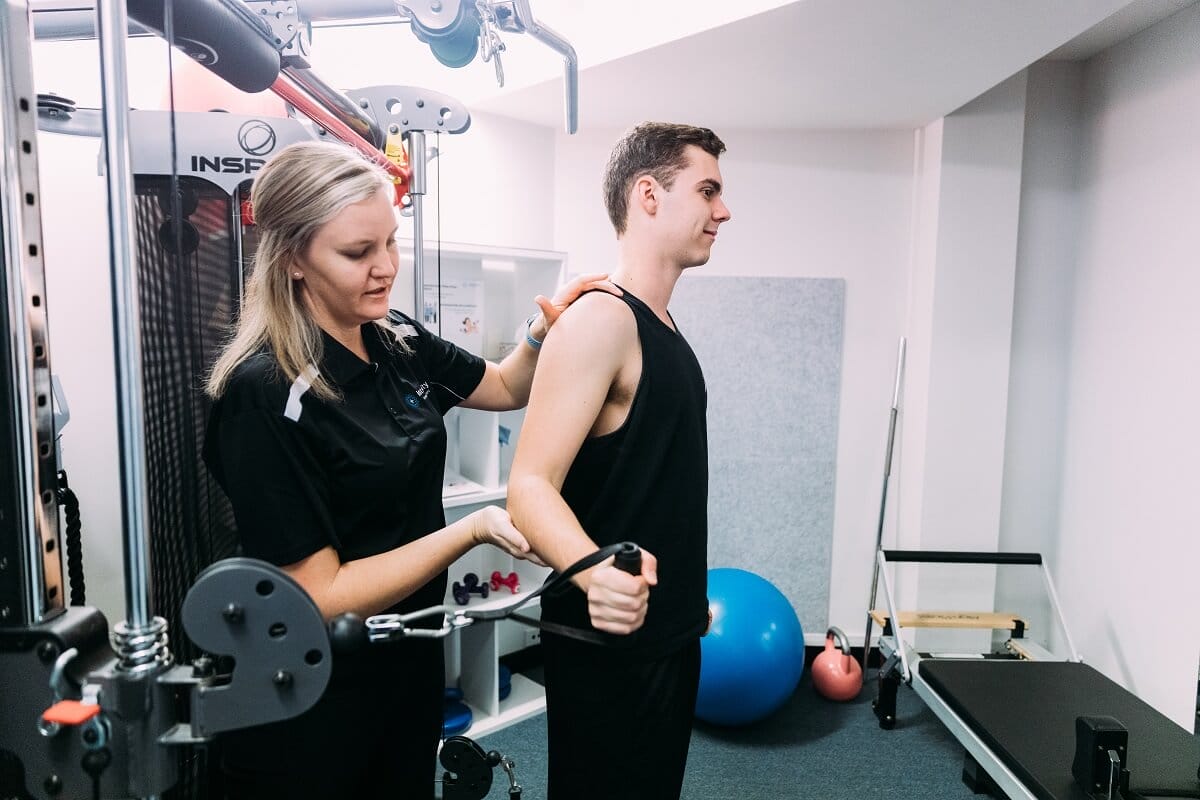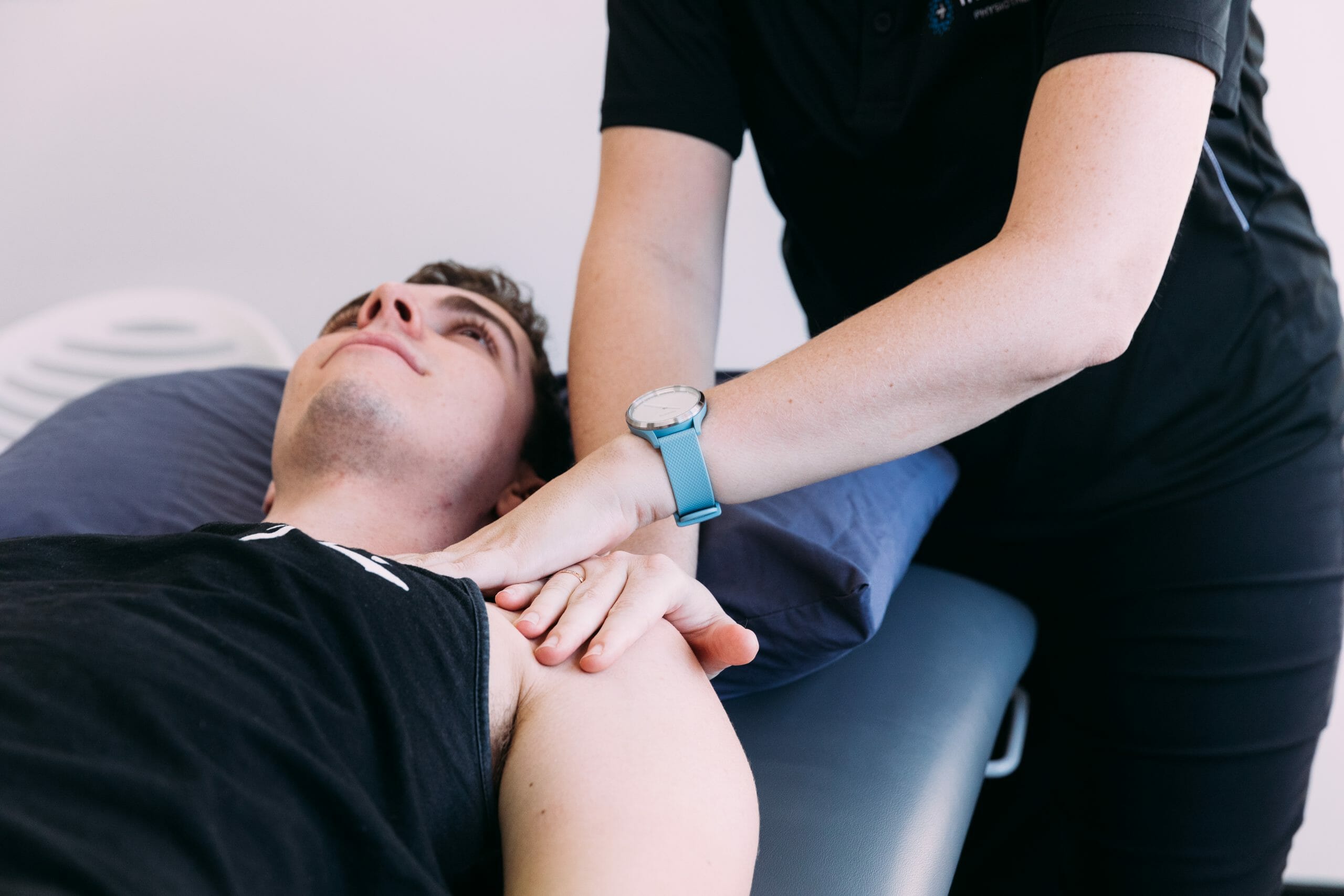
Sprains Vs Strains: What’s The Difference?
Strains occur when a tendon or muscle is overstretched or irritated. Tendons are the fibres that connect your bones to your muscles. Sprains, on the other hand, occur when a ligament connecting two bones together is torn or overstretched. Knowing the difference is important as it affects how it is managed.
Either way, both are painful experiences and can keep even the best athletes on the couch for anywhere up to several months. If you’re an active person, even a low-grade muscle strain can negatively impact your work, leisure, and mental health.
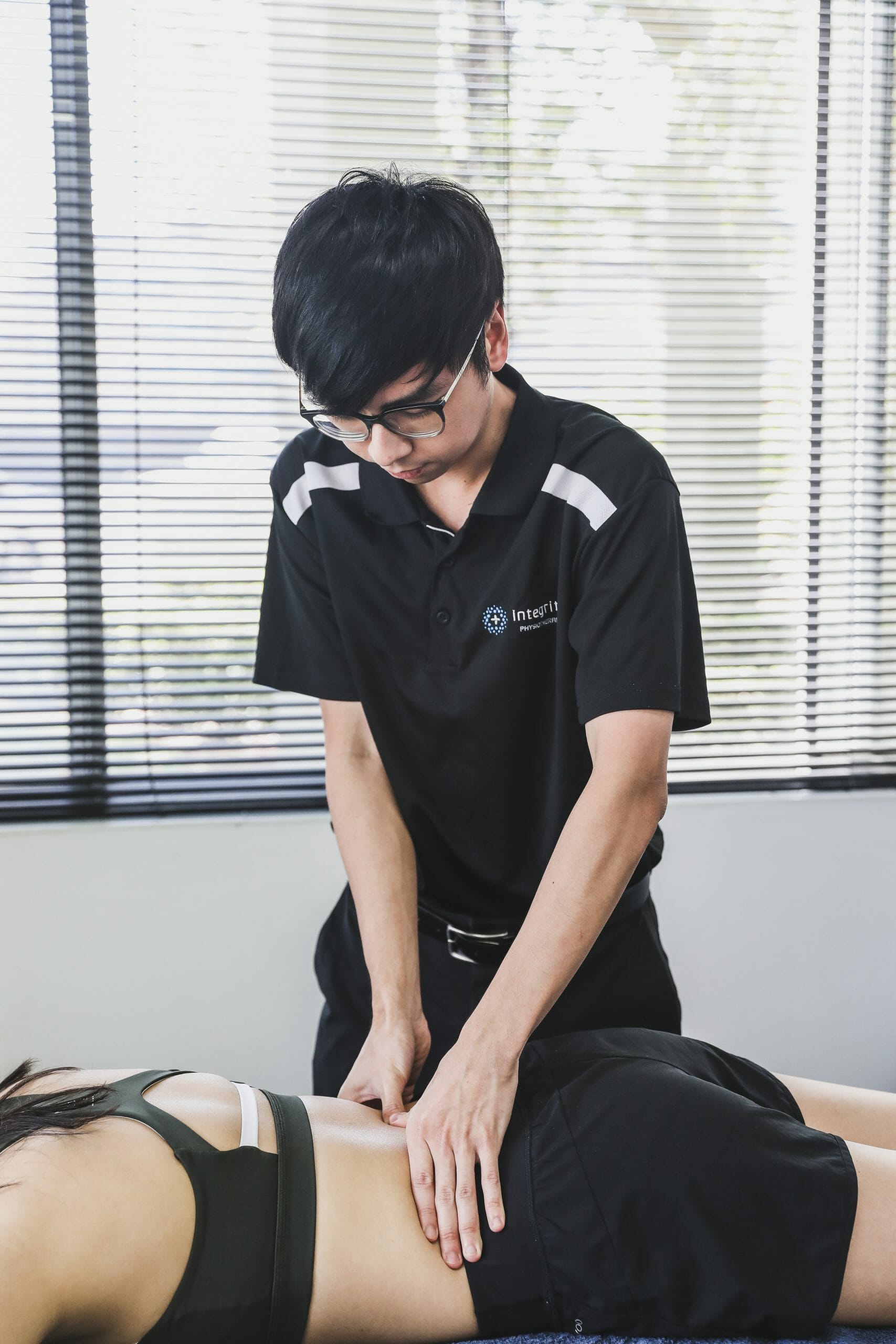
Sprains: Causes, Symptoms, And Treatments
A sprain or strain can happen anytime and for a variety of reasons. Some common culprits are:
- Playing sports with high impact collisions.
- Running, walking, or exercising over uneven ground or slippery surfaces.
- Wearing footwear with poor stability or balance.
Symptoms are often acute and felt immediately. The most common being:
- Pain – usually concentrated in the area of injury.
- Swelling around your ankle or joint involved.
- Decreased range of motion, painful to move.
Treatments for mild sprains are straightforward, but be sure to monitor closely for increased swelling or numbness. Make sure to:
- Keep your weight off the affected limb or limit the use of the affected area.
- Apply ice to the injury, to reduce inflammation and swelling.
- Compress or bind your joint, or limb with a bandage or cloth.
- Ensure your injury is rested and elevated.
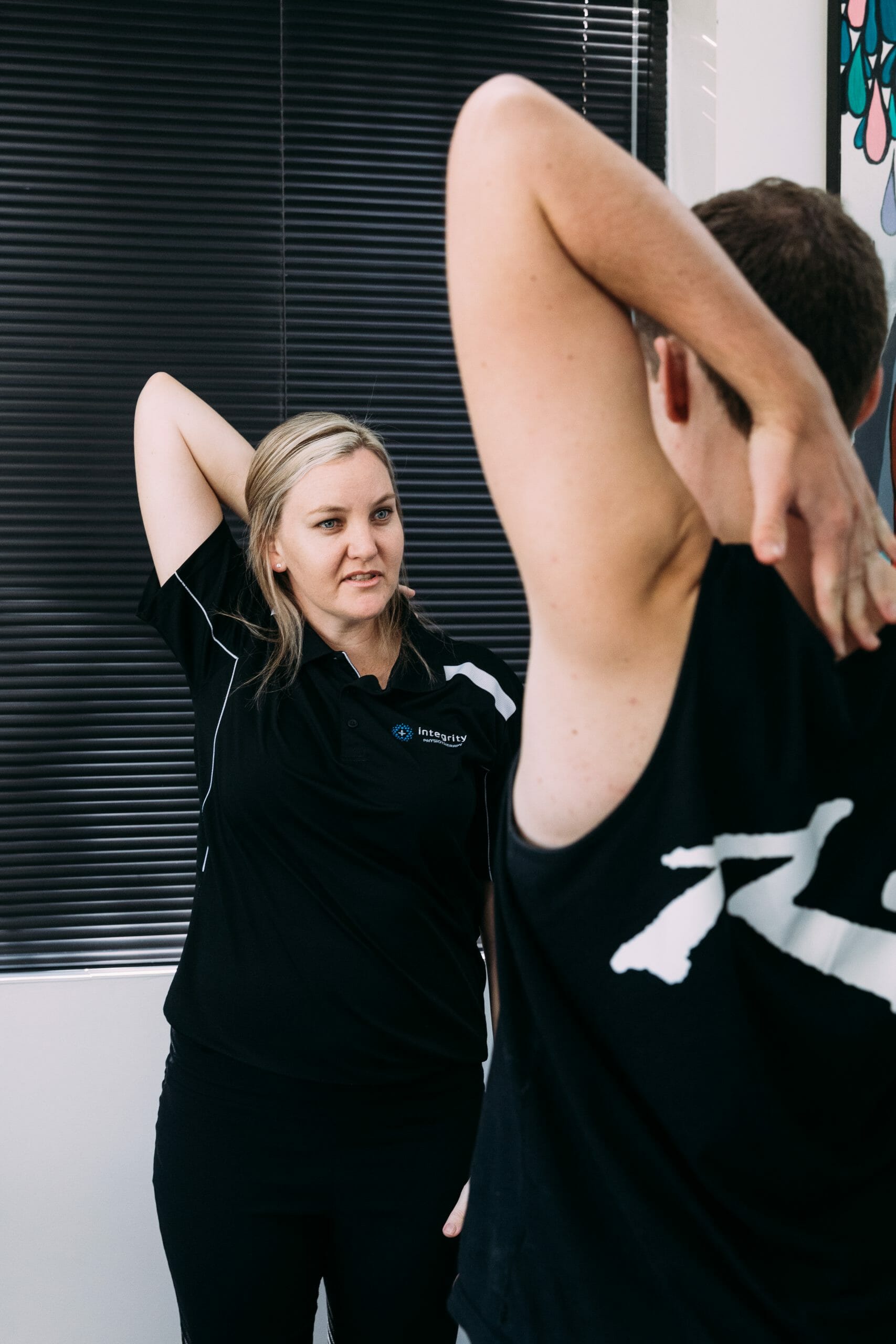
Muscle Strains: Causes, Symptoms, And Treatments
People often stubbornly tolerate muscle strains and avoid seeing a physio because of the hassle. However, this could be detrimental if the pain persists. Seeking professional assistance could be the difference between days and weeks of recovery. Some typical causes are:
- Forgetting to warm up before a workout or intense exercise.
- Lifting heavy items.
- Sitting or standing in an awkward position.
- Weak or below average physical condition.
Symptoms are often similar to a sprain, and will often be concentrated to the area of injury:
- Muscle spasms and twitching.
- Swelling and pain in the area of injury.
- Difficulty with the usual range of motion.
A mild inconvenience at the best of times, a muscle strain can persist and worsen if not treated effectively:
- Apply ice to the swelling.
- Minimise range of movement and relieve pressure.
- Consult a physiotherapist.
- Do planned exercises and stretching.
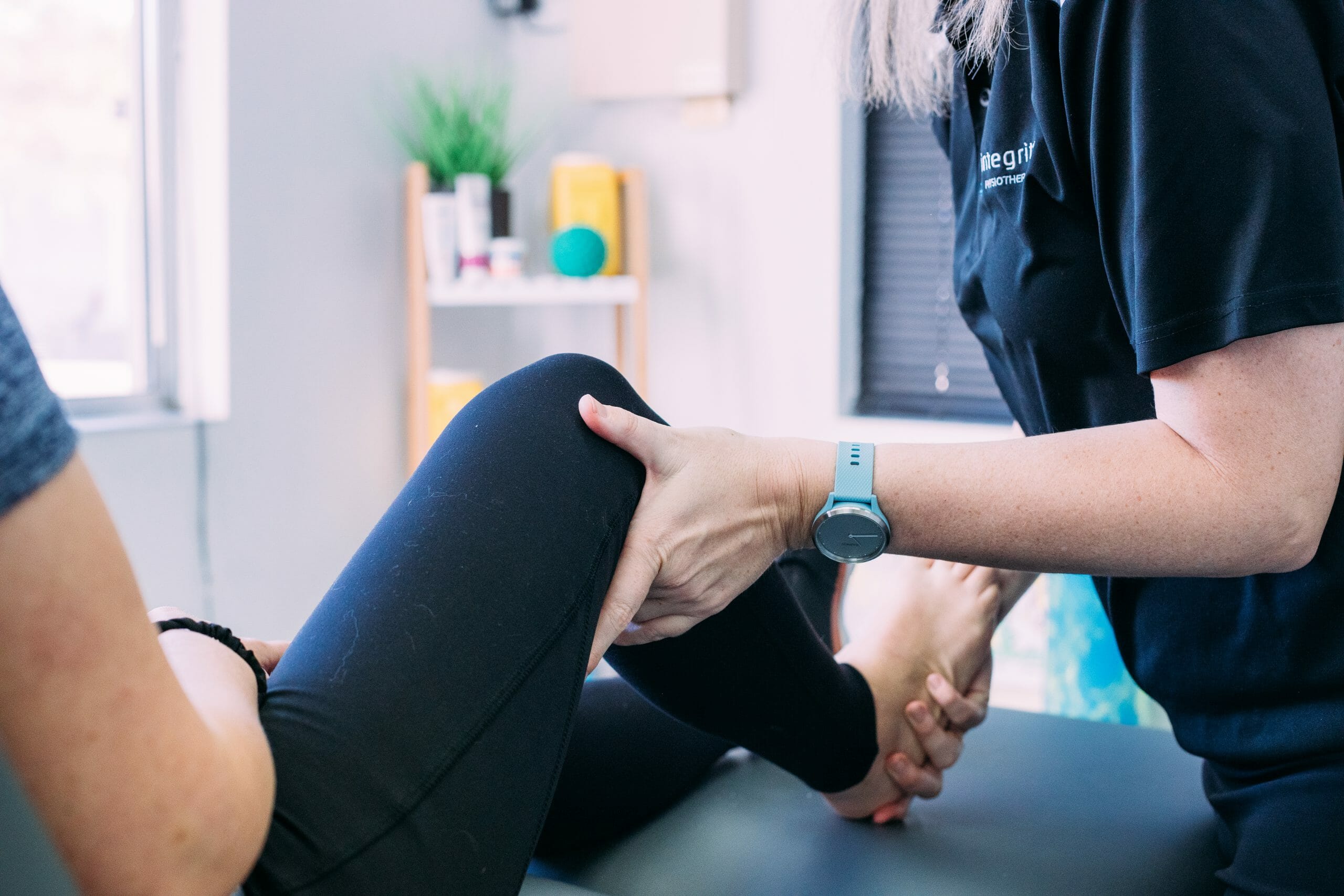
Rehabilitation And Physiotherapy
Knowing where to turn for expert treatment is important. Just having this peace of mind can alleviate stress and allow for a quicker recovery. Our team of experts know the importance of rehabilitation. Having the right tools and exercise routine is key.
We know a strong recovery from any muscle/tendon strain or ligament sprain means having a solid plan. Physiotherapy is one of the most effective tools against muscle, tendon or ligament pain. Physiotherapists know how to manage these conditions regardless of whether they are acute or chronic.
See our physiotherapists for assistance with your muscle strains or ligament sprains. Your best step towards a quicker and stronger recovery.
